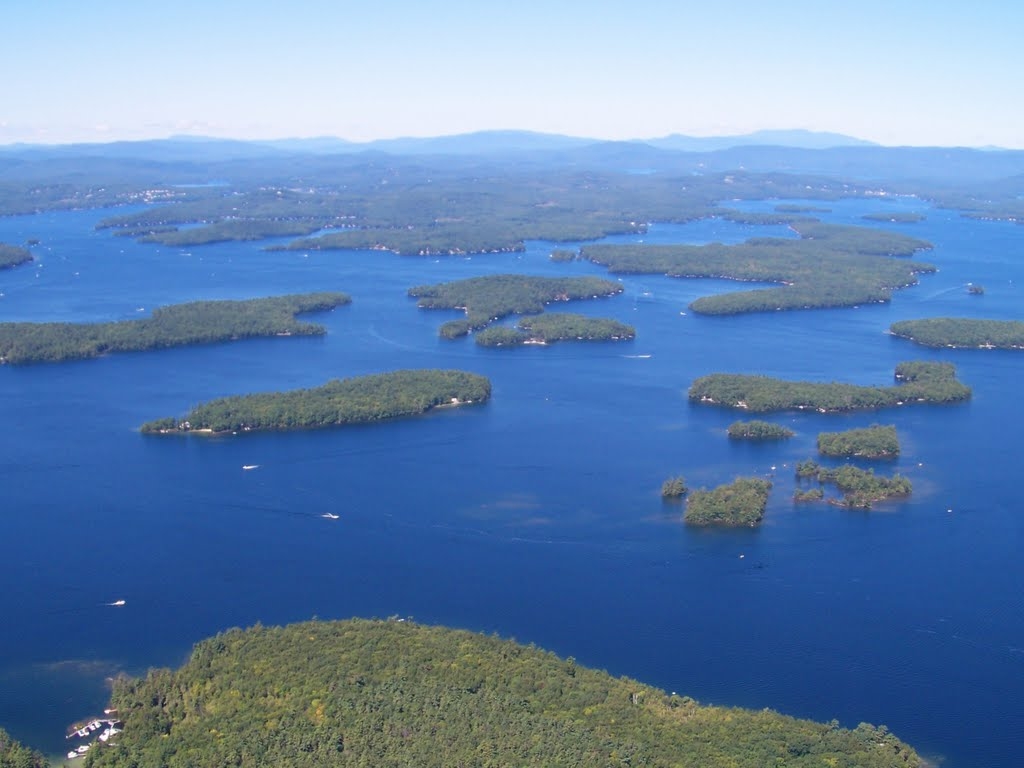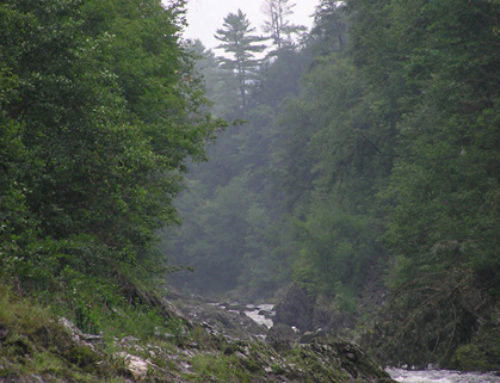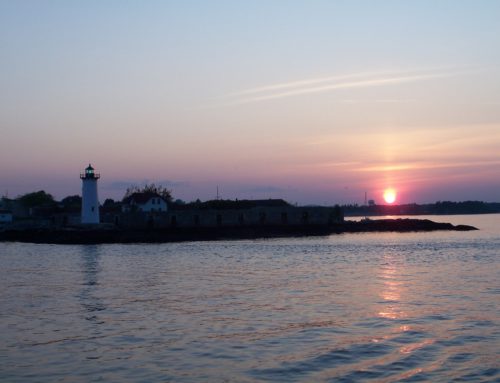Project Description

Visit Website: http://www.lakewinnipesaukee.net/
Lake Winnipesaukee /ˌwɪnɪpəˈsɔːki/ is the largest lake in the U.S. state of New Hampshire. It is approximately 21 miles (34 km) long (northwest-southeast) and from 1 to 9 miles (1.6 to 14.5 km) wide (northeast-southwest), covering 69 square miles (179 km2)—71 square miles (184 km2) when Paugus Bay is included[2]—with a maximum depth of 212 feet (65 m).
Lake Winnipesaukee has been a tourist destination for more than a century, especially for residents seeking respite from the summer heat of Boston and New York City. The Native American name Winnipesaukee means either “smile of the Great Spirit” or “beautiful water in a high place.” At the outlet of the Winnipesaukee River, the Winnipesaukee Indians, a subtribe of the Pennacook, lived and fished at a village called Acquadocton. Today, the site is called The Weirs, named for the weirs colonists discovered when first exploring the region.
Winnipesaukee is a glacial lake but an unusual one, since the last glaciation actually reversed the flow of its waters. Draining the central portion of New Hampshire, it once flowed southeast, leaving via what is now Alton Bay toward the Atlantic Ocean. When glacial debris blocked this path, flow was redirected westward through Paugus Bay into the Winnipesaukee River. The latter flows west from the lake and joins the Pemigewasset River in Franklin to form the Merrimack River, which flows south to Massachusetts and into the Atlantic.




